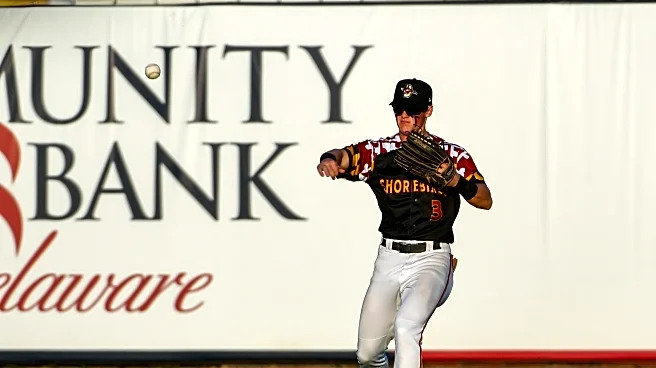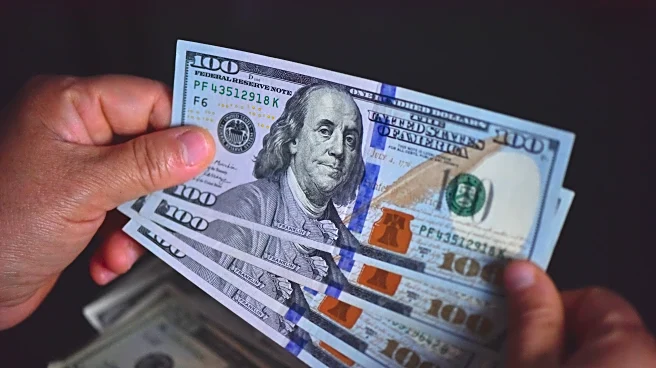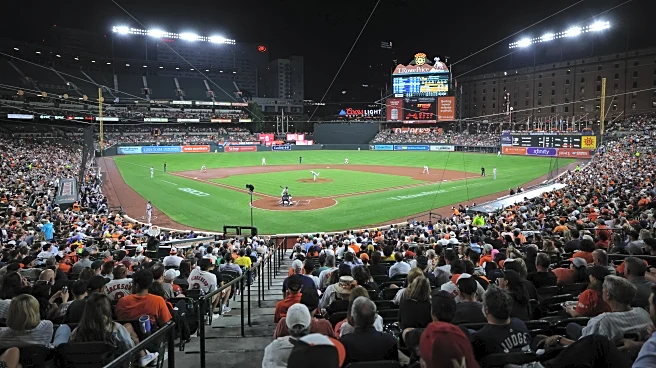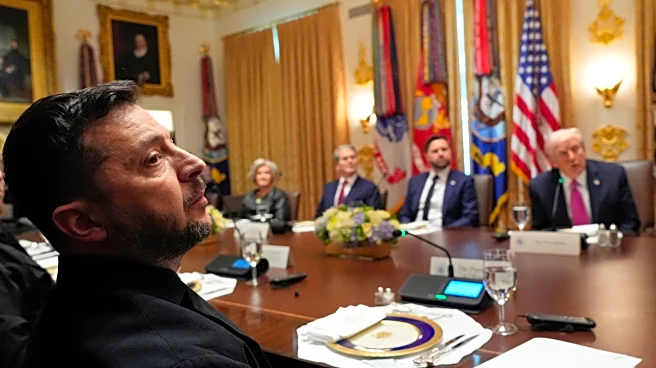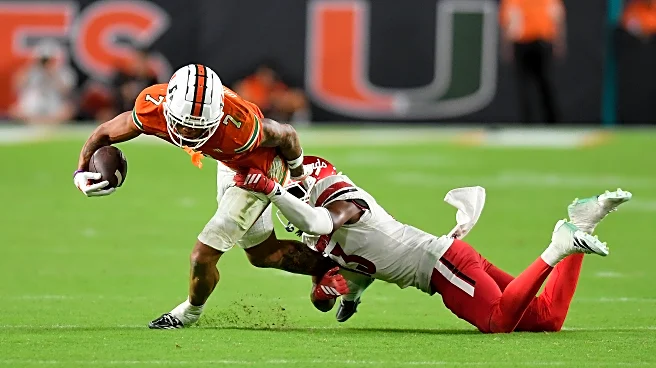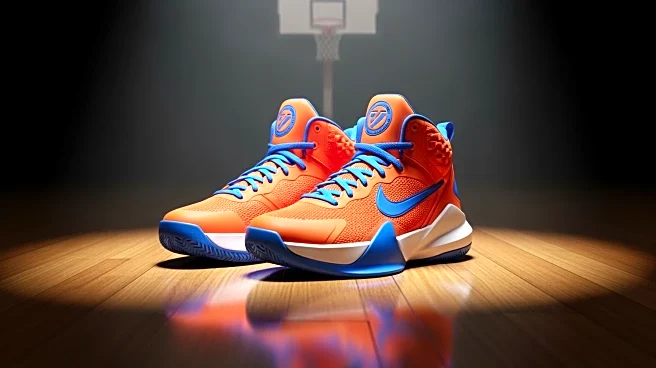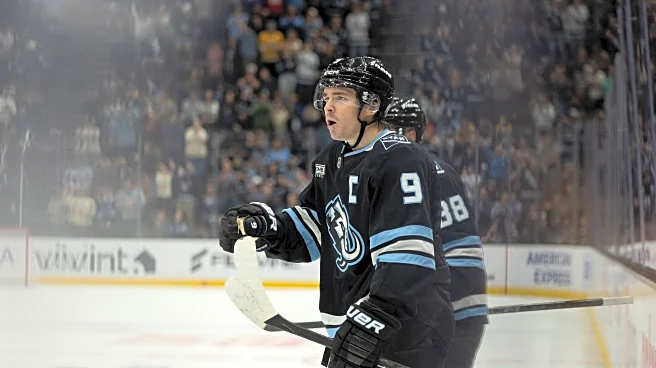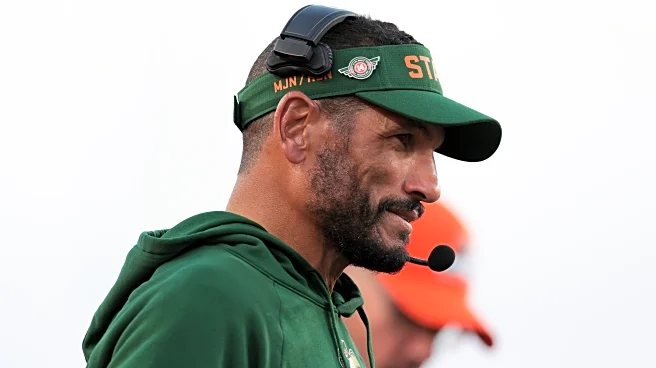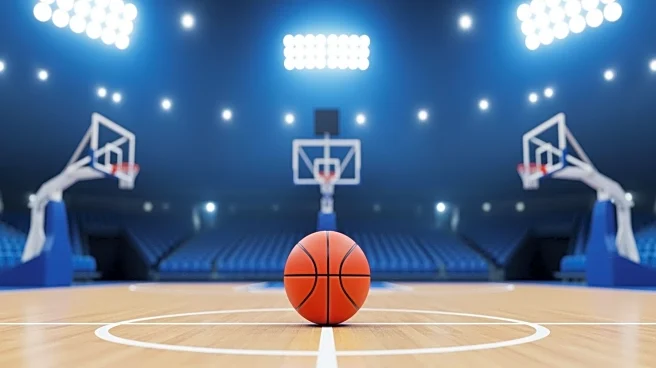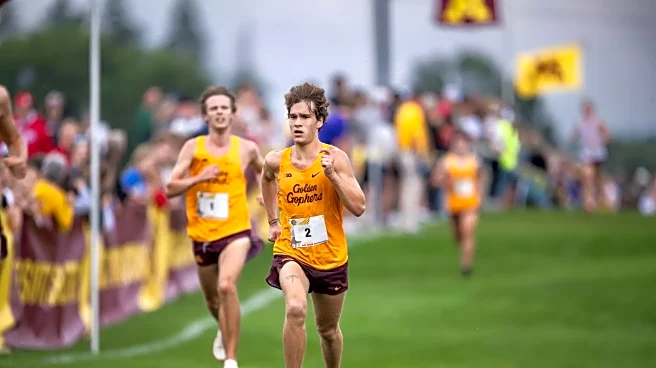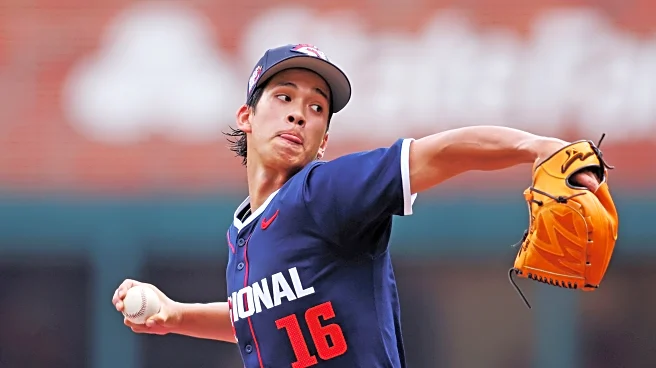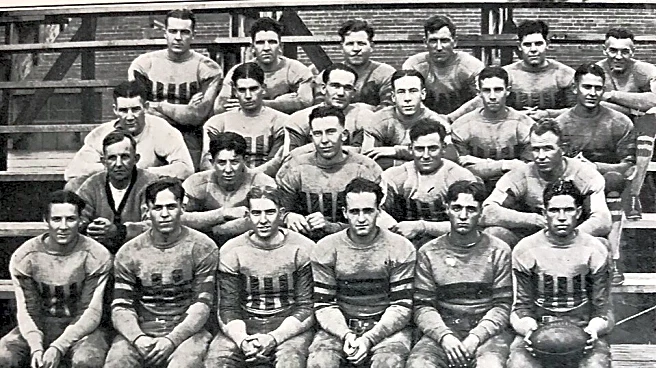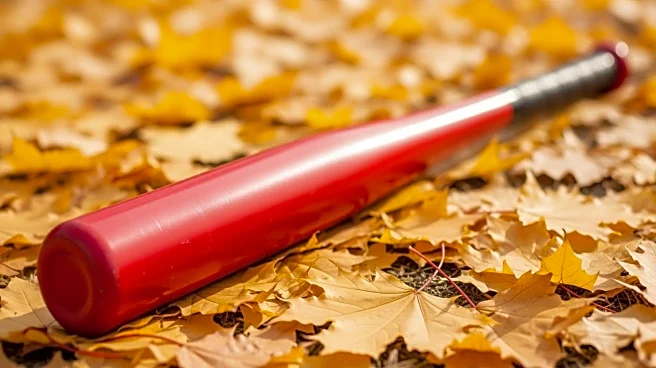When the Orioles drafted Nate George with the 489th pick of the 2024 draft, the selection barely registered a blip on the prospect radar. Baseball America had George ranked 272nd
among draft-eligible prospects. The Orioles had kept selecting proven college bats, and George was an 18-year-old prep prospect from Illinois with a commitment to a JUCO in the Florida Panhandle that most expected him to honor.Cut to today: the 19-year-old center fielder just wrapped up one of the most impressive debut professional
seasons in recent Orioles memory, earning the organization’s Minor League Player of the Year award while propelling himself into Baseball America’s top 100 prospects.
The six-foot, 200-lb. outfielder came to the Orioles as exactly the type of athletic outfielder Mike Elias loves to target in the draft—raw, toolsy, and brimming with untapped potential. The scouting reports highlighted his plus speed and defensive upside in center field, but questions about his hit tool and power projection left him sliding into day three of the draft. The Orioles, however, saw something more and convinced him to forego his college commitment with an overslot $455,500 signing bonus.
“I’m a strong believer that everything happens for a reason,” George reflected on his draft position. “Looking at the Orioles and their track record of developing their young high school guys into very successful big leaguers, I knew that this is an organization that I can get crazy development from.”
That development came faster than anyone could have anticipated. To start his professional career, George absolutely demolished Florida Complex League pitching, slashing .383/.451/.556 with a plus-1.000 OPS in 23 games. His approach at the plate was remarkably mature for a teenager fresh out of high school—he struck out just 14 times while stealing 13 bases. As George told his father when he found out he’d start in the FCL: “I’m gonna give them no choice but to move me up.”
Little choice, indeed. After his dominant FCL stint, George was promoted to Low-A Delmarva in June. The competition got tougher but his performance didn’t flag. In 43 games with the Shorebirds, the left-handed hitter slashed .337/.410/.491 while flashing elite speed with 25 stolen bases. George’s natural speed might draw comparisons to fellow Orioles speedster Enrique Bradfield Jr., but George has done this with considerably more offensive punch.
In August, the organization rewarded George’s spectacular first half with another promotion, this time to High-A Aberdeen for the season’s final stretch. While his numbers predictably dipped against more advanced pitching—he hit .291/.380/.392 in 21 games with the IronBirds—George continued to demonstrate the speed and defense that make him such an intriguing prospect. He added 12 more stolen bases to finish with an eye-popping 50 steals in 75 attempts across three levels.
George’s overall 2025 line tells the story of a player who far exceeded expectations: .337/.413/.483 with and .896 OPS, 14 doubles, nine triples, five home runs, and those 50 stolen bases in just 87 games. His .337 batting average ranked third among all minor leaguers with at least 300 at-bats, behind only Colorado’s Roldy Brito and San Diego’s Luis Campusano. This performance catapulted George from an afterthought to the No. 8 prospect in the Orioles’ system according to MLB Pipeline and No. 81 overall on Baseball America’s top 100 list.
What makes George’s rise even more remarkable and exciting is that there may still be room for growth in his game. The 19-year-old had never worked with a professional hitting coach or strength trainer before joining the Orioles—it was just him and his father grinding through offseasons in chilly Illinois. “He’s thrown me batting practice ever since I was six years old,” George said of his father. “I give him a lot of the credit for my development early on.”
Now, with access to the Orioles’ renowned player development system, George’s ceiling appears even higher. He acknowledged he’s still learning to process the wealth of scouting reports and data available at the professional level (he jokes that in high school it was simply “alright, he’s got fastball, slider, go hit it”).
The comparisons to Bradfield are natural—both are speed-first center fielders who can impact games with their legs and gloves. But George’s superior offensive production in his debut season (.754 OPS and 64 steals versus Bradfield’s .696 OPS and 36 steals), at four years younger than Bradfield Jr., suggest he might offer more offensive upside than the former Vanderbilt star. In an organization flush with outfield talent like Bradfield, Dylan Beavers, Slater de Brun and Austin Overn, George has emerged from anonymity to stake a claim as perhaps the most intriguing of them all.
For a player who’s always thrived as “an under-the-radar guy,” those days are officially over. The secret is out on Nate George.
Tomorrow: Luis de León
